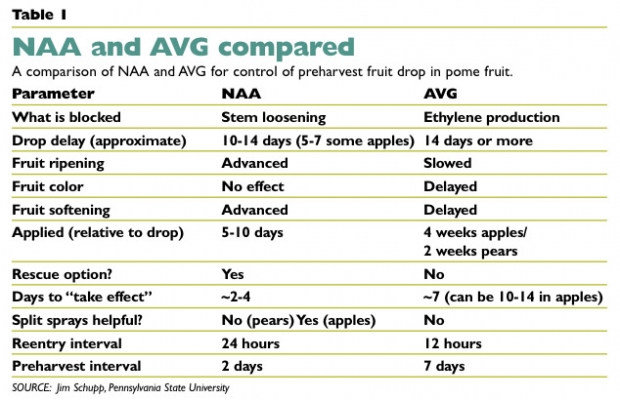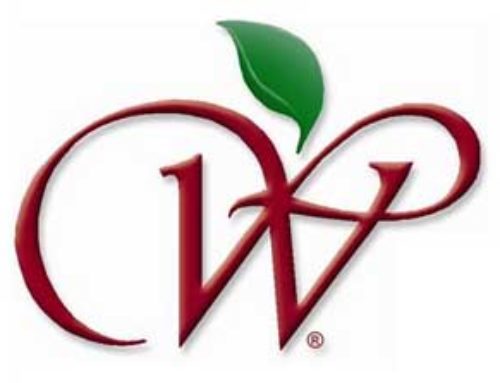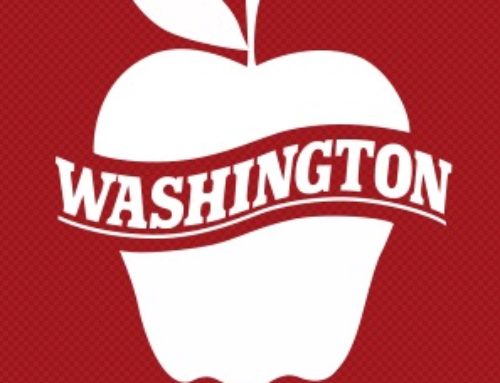Several plant growth regulators are available for enhancing the quality of apples at harvest or for managing harvest maturity.
Dr. Dana Faubion with AgroFresh, a major supplier of 1-MCP for the tree fruit industry, said 138 growth regulator products are registered for use on apples in Washington, of which about 23 affect fruit quality.
Plant growth regulators fall into five classes of hormones: auxins, cytokinins, ethylene, anti-ethylene products and gibberellins. A hormone is a chemical messenger that sets a process in motion within the plant.
NAA (naphthaleneacetic acid), sold by Amvac under the brand name Fruitone L, is an auxin that prevents fruit drop by inhibiting abscission. It can be applied between four weeks and one week before expected harvest and is effective for two weeks.
It has a two-day preharvest interval. A challenge of using this material is that high levels can accelerate fruit senescence and its effects can vary depending on the rate, timing and condition of the fruit.
Promalin is a mixture of two growth regulators: gibberellic acid 4 and 7 (GA) and the cytokinin benzyladenine (BA). It is applied around bloom to enhance fruit size and typiness.
Ethrel (ethephon) is a synthetic version of the ripening hormone ethylene. It can be applied before harvest to improve the red color of apples and degreen the fruit. However, this is a tricky chemical to use, Faubion warned, as it stimulates fruit respiration and production of ethylene inside the fruit and can make the apples turn greasy and soft, impairing storability.
AVG (aminoethoxyvinylglycine), sold by Valent under the brand name ReTain, inhibits production of ethylene in the fruit to prevent fruit drop and retain firmness. It works by preventing SAM (S-adenosylmethionine), which is a precursor of ethylene, from synthesizing into ACC (1-aminocyclopropane-1-carboxylic acid) and then into ethylene.
Faubion said AVG applied before harvest helps get the fruit into storage in good condition, but is unable to prevent the apples from reacting to ethylene in the storage room. It does a better job in controlled-atmosphere (CA) storage than in regular storage because low oxygen, high carbon-dioxide, and low temperature all help to inhibit ethylene production.
1-MCP (1-methylcyclopropene), sold by AgroFresh under the trade name Harvista, works by blocking the ethylene receptors in the fruit, making it unable to detect ethylene. It can be applied before harvest by air (helicopter) or ground and takes effect more quickly than AVG, Faubion said.
It controls fruit drop and also can maintain fruit firmness in storage because fruit may still be unable to detect ethylene in the environment. Harvista combined with a postharvest treatment of MCP (SmartFresh) is the best of all in terms of maintaining fruit quality, he said.
Faubion spoke during Washington State University’s Fruit School on Apple and Pear Horticulture in November. •
– by Geraldine Warner
A quick comparison of NAA and AVG from the Good Fruit Grower archive.







Leave A Comment